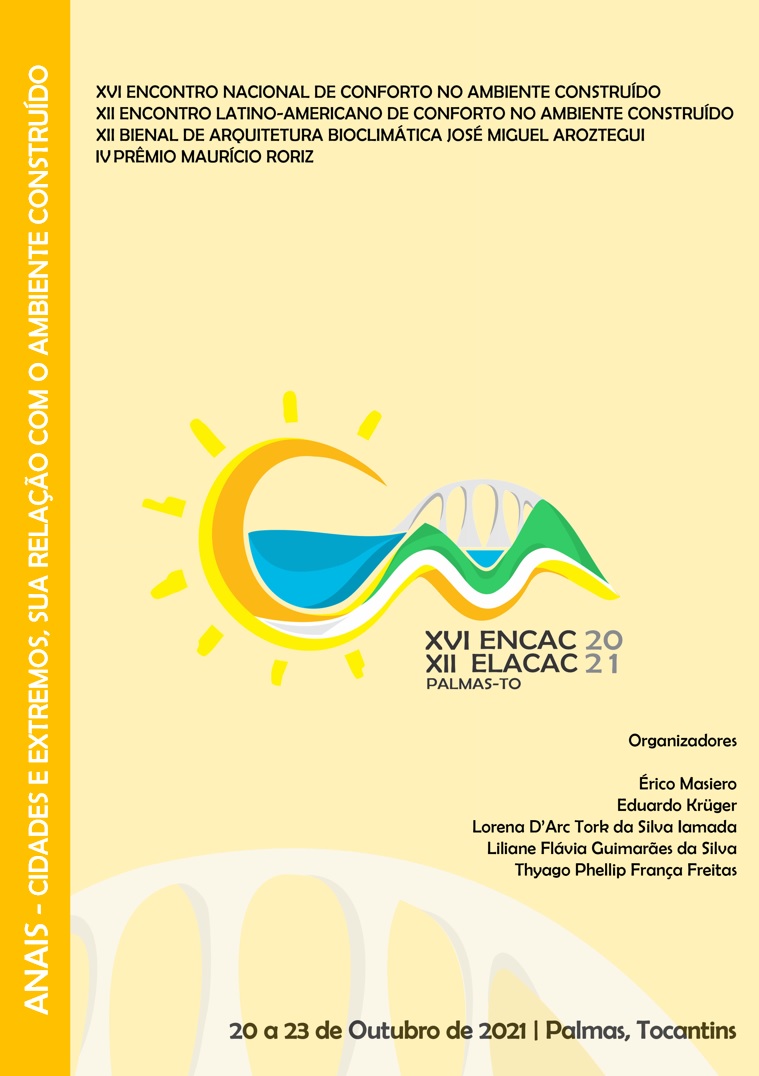AVALIAÇÃO DE DESEMPENHO TÉRMICO E EFICIÊNCIA ENERGÉTICA DE UMA EDIFICAÇÃO MULTIFAMILIAR DE INTERESSE SOCIAL NO CLIMA DA SERRA GAÚCHA
Keywords:
thermal performance, energy efficiency, computer simulationAbstract
Social housing projects in Brazil tend to fail to provide comfort to their users, which can lead to an increase in the electricity consumption for air conditioning. This paper aims to evaluate the thermal and energy performance of a social interest multifamily building envelope in the southern Brazilian climate, through the application of the new computational methods of ABNT NBR 15.575 and INI-R Normative Instruction from INMETRO. The method is divided into three main stages: definition of the multifamily building, application of the computational procedure for evaluating thermal performance defined by ABNT NBR 15.575, and application of the computational procedure for evaluating energy efficiency defined by INI-R. The results are shown in terms of the following indicators: percentage of hours occupied within the operative temperature range, maximum and minimum annual operative temperatures and total electric load. The average values among the twelve housing units evaluated were 67.7%, 29.9°C, 10.5°C and 2,582kWh/year, respectively. All housing units met the minimum thermal performance criteria established by ABNT NBR 15.575. Among the housing units evaluated, five received label D for energy efficiency, and the other nine units received label C. The climatic variables and thermal properties of the envelope must be carefully evaluated in the design phase, in order to increase the thermal and energy performance of the building.
Downloads
Published
How to Cite
Issue
Section
License
Copyright (c) 2023 ENCONTRO NACIONAL DE CONFORTO NO AMBIENTE CONSTRUÍDO

This work is licensed under a Creative Commons Attribution 4.0 International License.




